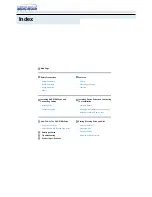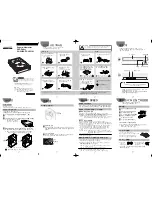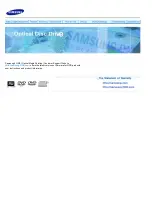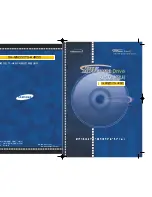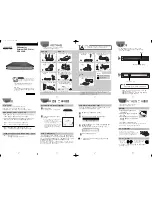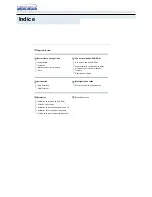
152
MOTOR CHARACTERISTICS
9 - MOTOR CHARACTERISTICS
9.1 Motor Characteristics
Listed below are some variable speed AC motor control concepts with which the user of the RSi S4 Drive should
become familiar with. Motor production methods may cause minor differences in the motor operation. The negative
effects of these differences may be minimized by using the Autotune feature of the RSi S4.
9.1.1 Motor Autotuning
Autotuning is a function of the RSi S4 that automatically measures several parameters of the connected motor and
places these readings in a stored table. The software uses the information in the table to help optimize the response of
the VFD to application-specific load and operational requirements. The Autotuning function is enabled via , AFN 11
(Autotune) being set to “Motor RS”. Once set, the “FWD” button must be pressed so the drive can measure the RS
value of the motor. The drive applies a DC pulse for approx. 2 seconds to calculate the RS values. This new value will
be kept in AFN 10 (Motor RS) until you re-autotune. You must re-autotune the drive if you switch motors and use the
“Vector” in FUN 02 (Torque Curve)..
When FUN 02 (Torque Curve) is set to “Vector”, the drive will execute a motor autotune. This means that the user
must press “FWD” after switching to “Vector” so the motor can perform an autotune. After pressing “FWD” once to
calculate the motor RS, the drive will be ready to run and will start up the second time you press “FWD”.
The measured parameters include the rotor resistance, the stator resistance, the required excitation inductance,
rotational inertia values, and inductive leakage values.
9.1.2 Pulse Width Modulation Operation
The RSi S4 drive uses a sinusoidal Pulse Width Modulation (PWM) control system. The output current waveform
generated by the VFD approaches that of a perfect sine wave; however, the output voltage waveform is slightly
distorted.
For this reason, the motor may produce more heat, noise, and vibration when operated by a VFD, rather than other
starting methods such as a soft starter.
9.1.3 Low Speed Operation
Operating a general-purpose motor at lower speeds may cause a decrease in the cooling ability of the motor. Reducing
the torque requirement of the motor at lower speeds will decrease the generated heat at lower speeds.
When the motor is to be operated at low speeds (less than 50% of full speed) and at the rated torque continuously, an
inverter-grade motor (designed for use in conjunction with a inverter) is recommended. When the VFD is used with an
inverter grade motor, the overload (TOL Select - AFN22) of the VFD must be set to “inverter duty”.
9.1.4 Overload Protection Adjustment
The RSi S4 drive software monitors the system current and determines when an overload condition occurs. The
overload current level is a percentage of the rated system current. This function protects the motor from overload.
The default setting for the overload detection circuit is set to the maximum rated current of the VFD at the factory.
This setting will have to be adjusted to match the rating of the motor with which the VFD is to be used. To change the
overload reference level, refer to AFN 22 (Time OL) and I/O 07 (MOL Config).
9.1.5 Operation Above Base Frequency (50/60Hz)
A motor produces more noise and vibration when it is operated at frequencies above 60Hz. Also, when operating a
motor above 60 Hz, the rated limit of the motor or its bearings may be exceeded; this may void the motor warranty.
Contact the motor manufacturer for additional information before operating the motor above 60 Hz.
Содержание RSi S4 Series
Страница 4: ......
Страница 9: ...1 1 Introduction...
Страница 16: ...8 1 INTRODUCTION NOTES...
Страница 17: ...9 2 Technical Specifications...
Страница 28: ...20 2 TECHNICAL SPECIFICATIONS NOTES...
Страница 29: ...21 3 Installation...
Страница 37: ...29 4 Connections...
Страница 51: ...43 4 CONNECTIONS 4 5 2 S4 Wiring Diagram S4 Series Wiring Diagram...
Страница 56: ...48 4 CONNECTIONS NOTES...
Страница 57: ...49 5 Keypad Operation and Programming...
Страница 70: ...62 NOTES 5 KEYPAD OPERATION AND PROGRAMMING...
Страница 71: ...63 6 Parameter Groups...
Страница 82: ...74 NOTES 6 S4 Parameter Groups...
Страница 83: ...75 7 Parameter Descriptions...
Страница 149: ...141 8 Troubleshooting Maintenance...
Страница 159: ...151 9 Motor Characteristics...
Страница 162: ...154 9 MOTOR CHARACTERISTICS NOTES...
Страница 163: ...155 10 Options...
Страница 165: ...157 11 Appendices...































